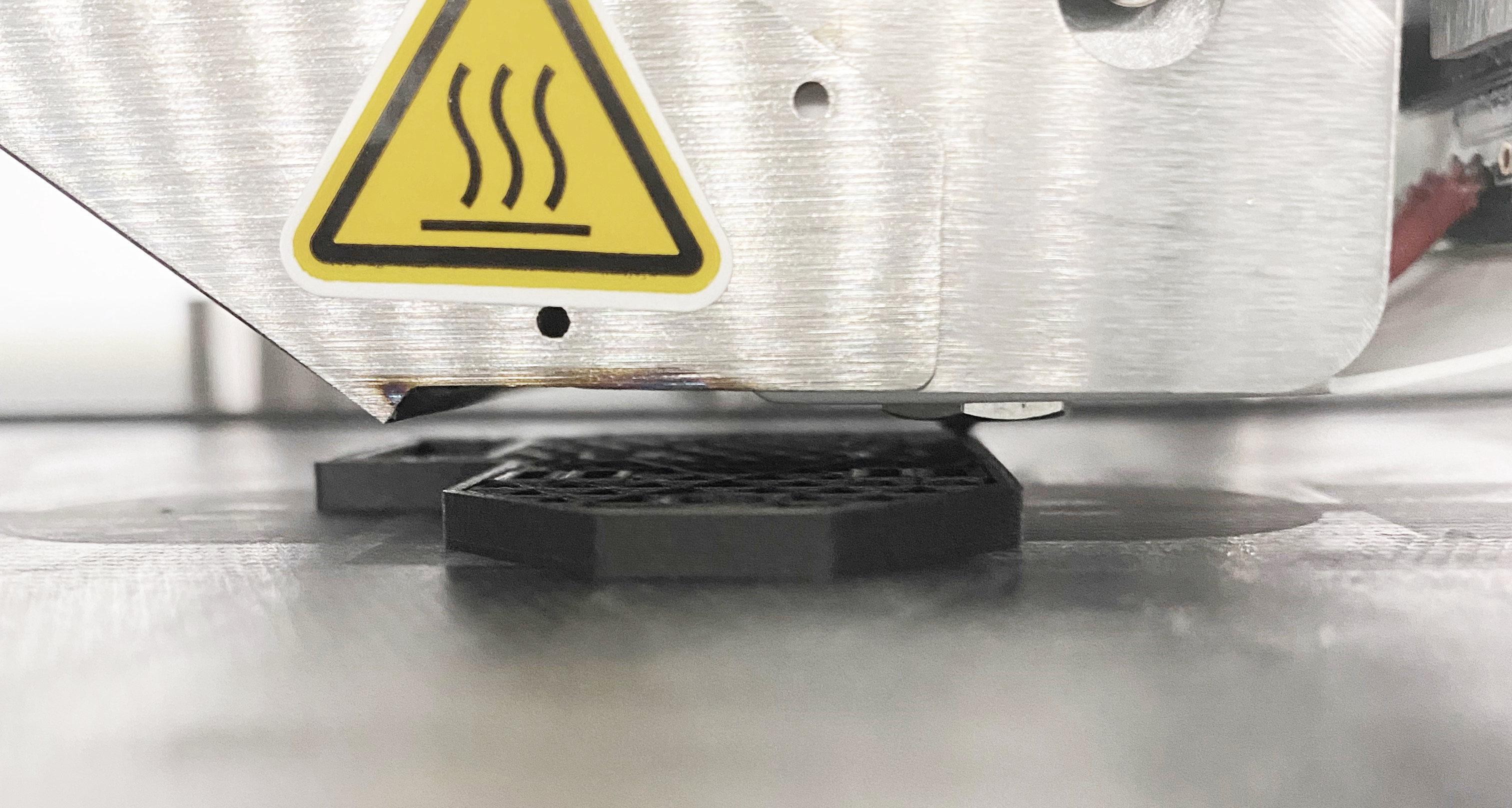FDM 3D Printing Service
3D printing with fused deposition modeling allows
for materials with unique properties.
All uploads are secure and confidential.
FDM 3D Printing Service
3D printing with fused deposition modeling allows for materials with unique properties.
Get instant quoteAll uploads are secure and confidential.
Fused Deposition Modeling
FDM is a process where filament is pushed into a hot extruder. The filament is heated first and then deposited, through the nozzle, onto a build platform in a layer-by-layer process to form a solid part. This process is useful for low cost/high strength prototypes or fixturing.
Capabilities & Standards
Requirement
Capability
Maximum Build Size:
330 x 270 x 200 mm (12.99" x 10.63" x 7.87")
Dimensional Accuracy:
± 0.5% with a lower limit on ± 0.5 mm (0.0196")
Layer Height:
50-200 µm
Percent Infill:
28-55% or 100%
Standard Lead Times:
1 Day
Printing Media:
Plastics
View MaterialsInternal Part Geometry:
Closed cell infill
Post Processing:
Support material is removed such that the supported surface has a consistent finish
FDM Design Guidelines
The table below is a summary of the recomemended minimum size for the most commonly encountered features in FDM 3D printing.
Feature
Minimum Size
Unsupported Walls:
0.8 mm (0.0315")
Supported Walls:
0.8 mm (0.0315")
Minimum Feature:
2.0 mm (0.0787")
Hole Diameter:
2.0 mm (0.0787")
